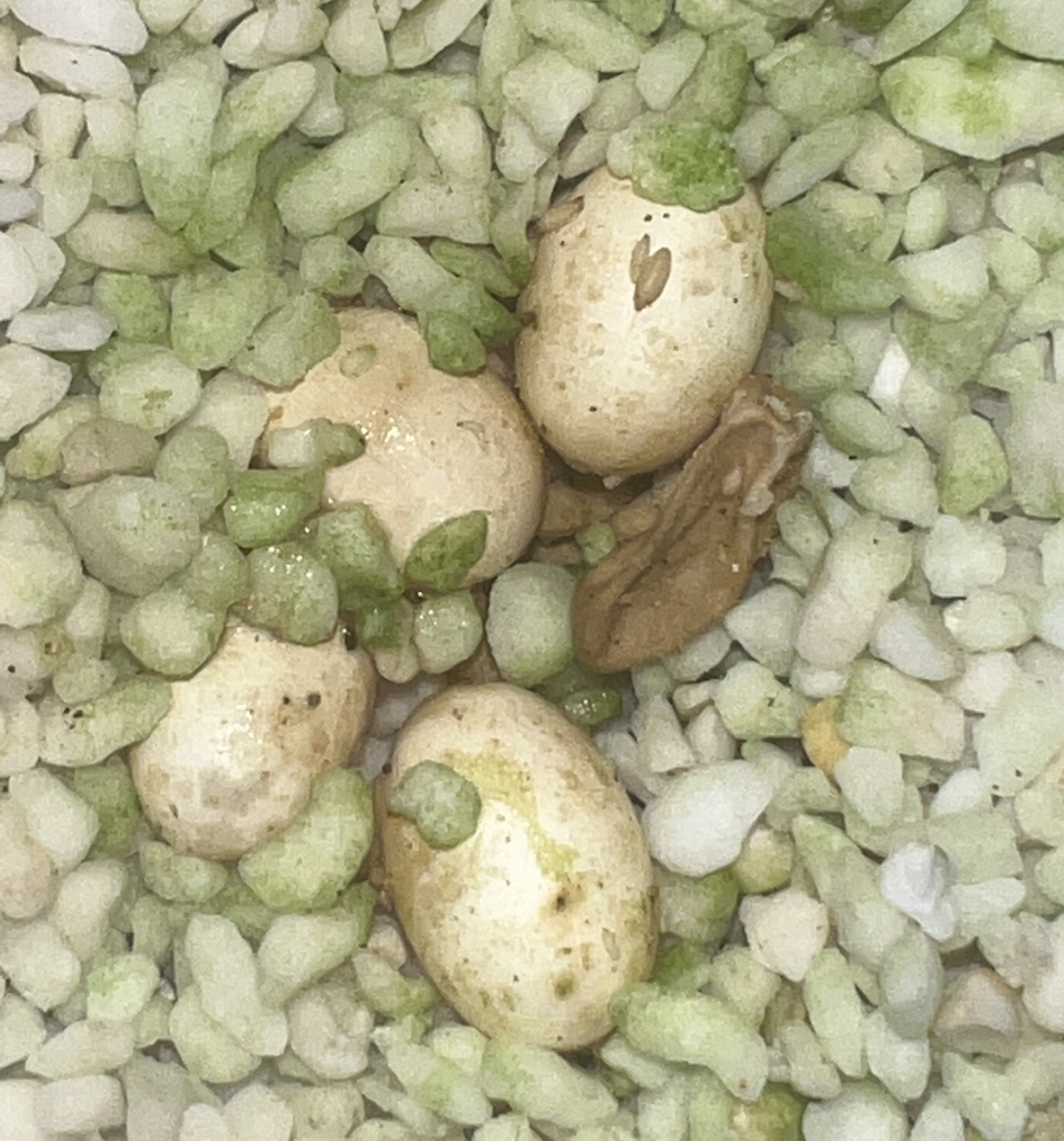Myth 56: “Eggs Should Be Placed in the Incubator One by One”

There are frequent reports of incubating eggs being placed individually on the surface of the substrate, each isolated from the others. While this is a common practice, it is far from natural. In the wild, eggs are laid in groups—called clutches—where they rest close together, forming a roughly round or oval clump. They touch each other, and most are not positioned with their longest axis horizontally.
This arrangement is not only natural but also meaningful. Eggs in a clutch communicate with each other, exchanging gases and liquids. In advanced stages of development, embryos have even been shown to synchronize their heartbeats. Therefore, incubating eggs together carries much more biological significance than separating and isolating them.
One argument for isolating eggs is the fear that if one dies and becomes infected by fungi or bacteria, it could affect the others. However, this theory has not been supported by any experiments or scientific publications. In reality, a healthy egg is quite resistant to external influences, especially fungal and bacterial infections.

Even if a spoiled egg is in direct contact with others, they typically do not react. And if they do, it indicates that the affected egg or embryo was already weak. From a captive breeding perspective, it is actually beneficial when such weak individuals are eliminated early in development, rather than surviving and potentially passing on poor genetic traits to the population.
The ultimate advice is to mimic natural conditions as closely as possible. When it comes to egg placement, keep them together in a clump. Whether they were laid that way or not, group them and partially bury them in the substrate. This approach results in healthier hatchlings that emerge at the same time due to synchronized development.
In contrast, eggs incubated in isolation develop without synchronization and may hatch over the course of several weeks. A single clutch might produce hatchlings of noticeably different sizes and developmental stages.